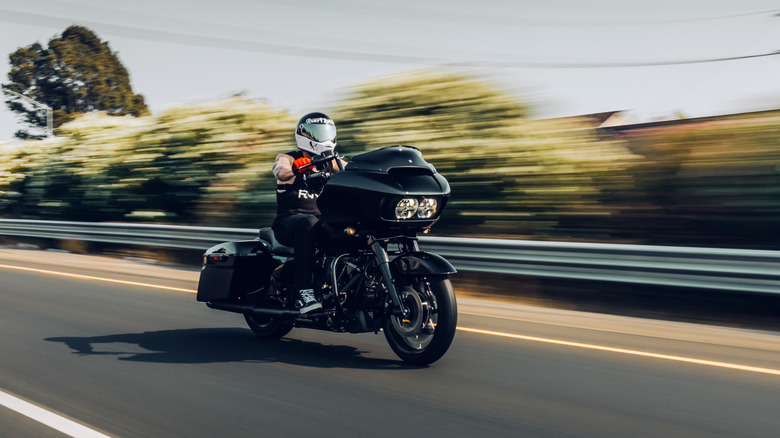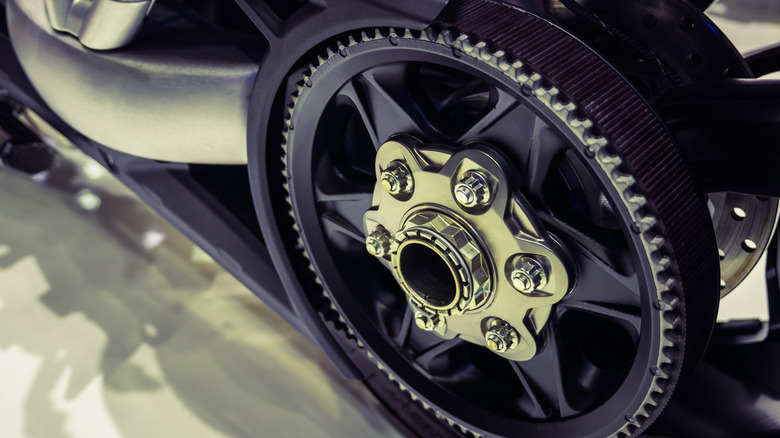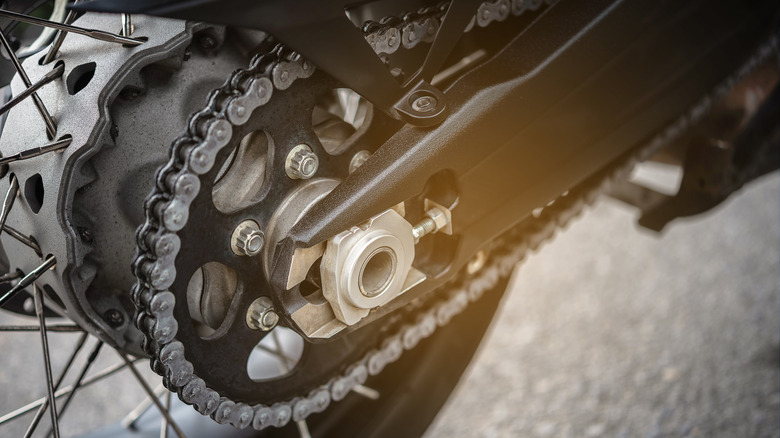Most New Harley Davidson Motorcycles Use Belts, Are They Any Better Than Chains?
For many of its contemporary motorcycles, Harley-Davidson has mostly turned to belt drive systems — a design choice that often begs questions among riders accustomed to the conventional clatter of chains. So why did Harley-Davidson make this decision? Well, belt drives provide a range of advantages that align with the brand's identity, such as rider comfort, low maintenance, and extended lifespan. But this doesn't make chains obsolete.
Final drive systems are at the heart of how power is transferred from the engine to the rear wheel; thus, selecting between a belt or chain arrangement is more than just an engineering decision; it's about matching the machine to its intended use. For Harley, a brand known for its heavy touring bikes and long-distance cruisers, the quiet dependability of belts usually prevails.
Still, chains hold a strong grip in performance-oriented uses and off-road environments where quick repairability and durability are your first concerns. Examining what each system offers and why Harley-Davidson believes belts are the appropriate call to action for many of its flagship bikes helps one truly understand which is "better."
Belt drives: quiet, neat, designed for the long run.
The low-maintenance approach of a belt drive is among its most important advantages. Unlike chains, which require constant lubrication and tensioning, belts typically run smoothly and, under ideal conditions, can last up to 50,000 miles. This kind of longevity fits exactly the Harley philosophy: get on the road and stay there.
When riding a large cruiser for hundreds of miles, the quieter, smoother ride provided by belt drives is another major benefit. Riders value the reduction in vibration and noise usually caused by metal-on-metal contact when riding at highway speeds. Furthermore, belts are less messy since they don't fling grease and oil or call for regular cleaning. This means less time under the bike and more time riding for city riders or weekend cruisers. While they are more expensive initially, belt drives may ultimately save you money through lower maintenance costs.
Models from Harley-Davidson, such as the tourers and cruisers, showcase these benefits; they offer a smooth and dependable drive system that reduces maintenance without compromising torque. Belts are often the best option for riders who value comfort, ease, and aesthetics, particularly in urban or long-distance riding.
When chains still make more sense
Even if belt drives have many benefits, chains have not become obsolete. Indeed, for good reason, they are still the first choice for off-road and high-performance motorcycles. While belts are more likely to snap if a small rock or debris gets caught between the belt and pulley, chains are more robust in severe environments and can better manage sudden torque loads.
Adventure and sport riders choose chains because they are also simpler to replace or fix on demand. Models built for track days or those with notable power output, such as Harley's own Pan America ADV bike, often favor chains for their durability and flexibility. Chains also offer better energy return, with only 3% power lost during transmission compared to a belt's 11%. Motorcyclists say that chains can be tuned better for specific riding conditions and enable more exact gear changes.
Therefore, even if Harley-Davidson depends on belts for its street and touring models, chains are the sensible choice where performance and tough conditions take center stage. The "better" drive ultimately comes from where and how you ride. The belt is a good choice for the typical Harley owner who appreciates low maintenance and seamless rides. Still, the chain rules for riders who head off the grid or chase performance.


